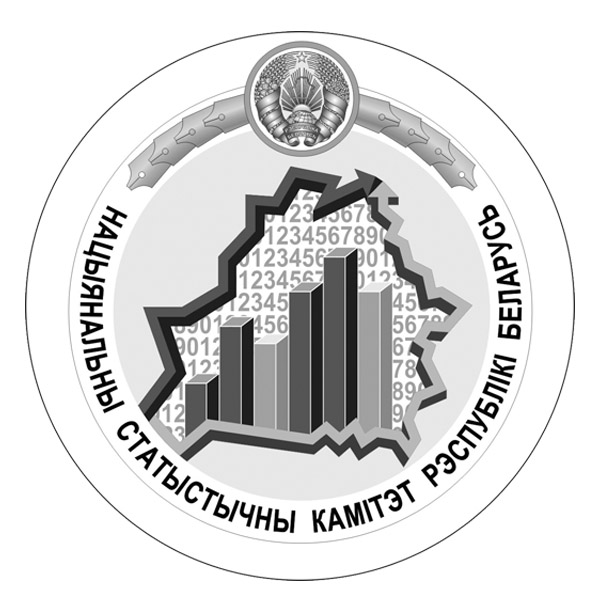Goal 12: Ensure sustainable consumption and production patterns
|
Global level indicators |
Tier at global level |
National indicators |
National agency responsible for the indicator |
|---|---|---|---|
|
TARGET 12.1. Implement the 10-Year Framework of Programmes on Sustainable Consumption and Production Patterns, all countries taking action, with developed countries taking the lead, taking into account the development and capabilities of developing countries |
|||
|
12.1.1. Number of countries developing, adopting or implementing policy instruments aimed at supporting the shift to sustainable consumption and production |
II |
12.1.1. Number of countries developing, adopting or implementing policy instruments aimed at supporting the shift to sustainable consumption and production |
UNEP |
|
12.1.1.1. Sustainable consumption and production (SCP) national action plans are in place or SCP mainstreamed as a priority or a target into national policies |
Ministry of Natural Resources and Environmental Protection; Ministry of Economy |
||
|
TARGET 12.2. By 2030, achieve the sustainable management and efficient use of natural resources |
|||
|
12.2.1. Material footprint, material footprint per capita, and material footprint per GDP
|
II |
12.2.1. Material footprint, material footprint per capita, and material footprint per GDP |
UNEP |
|
12.2.2. Domestic material consumption, domestic material consumption per capita, and domestic material consumption per GDP
|
I |
12.2.2. Domestic material consumption, domestic material consumption per capita, and domestic material consumption per GDP |
UNEP |
|
TARGET 12.3. By 2030, halve per capita global food waste at the retail and consumer levels and reduce food losses along production and supply chains, including post-harvest losses |
|||
|
12.3.1. (a) Food loss index and (b) food waste index |
II |
12.3.1. (a) Food loss index and (b) Food waste index |
FAO; UNEP |
|
TARGET 12.4. By 2020, achieve the environmentally sound management of chemicals and all wastes throughout their life cycle, in accordance with agreed international frameworks, and significantly reduce their release to air, water and soil in order to minimize their adverse impacts on human health and the environment |
|||
|
12.4.1. Number of parties to international multilateral environmental agreements on hazardous waste, and other chemicals that meet their commitments and obligations in transmitting information as required by each relevant agreement
|
I |
12.4.1. Being a party to international multilateral environmental agreements on hazardous waste, and other chemicals under which commitments and obligations in transmitting information as required by each relevant agreement are met |
Ministry of Natural Resources and Environmental Protection |
|
12.4.2. (a) Hazardous waste generated per capita;and (b) proportion of hazardous waste treated, by type of treatment |
II |
12.4.2.1. Industrial waste of hazard classes 1-3 generated per capita;
12.4.2.2. Proportion of used industrial waste of hazard classes 1-3 in total industrial waste of hazard classes 1-3 generated;
12.4.2.3. Proportion of detoxified industrial waste of hazard classes 1-3 in total industrial waste of hazard classes 1-3 generated;
12.4.2.4. Proportion of landfilled industrial waste of hazard classes 1-3 in total industrial waste of hazard classes 1-3 generated; 12.4.2.5. Proportion of industrial waste of hazard classes 1-3 sent for storage in total industrial waste of hazard classes 1-3 generated |
Belstat; Ministry of Natural Resources and Environmental Protection |
|
TARGET 12.5. By 2030, substantially reduce waste generation through prevention, reduction, recycling and reuse |
|||
|
12.5.1. National recycling rate, tons of material recycled |
II |
12.5.1.1. National waste reuse rate, tons of recyclable materials collected (reused) |
Ministry of Housing and Utilities Services; Ministry of Natural Resources and Environmental Protection |
|
TARGET 12.6. Encourage companies, especially large and transnational companies, to adopt sustainable practices and to integrate sustainability information into their reporting cycle |
|||
|
12.6.1. Number of companies publishing sustainability reports |
II |
12.6.1. Number of companies publishing sustainability reports |
Ministry of Natural Resources and Environmental Protection |
|
TARGET 12.8. By 2030, ensure that people everywhere have the relevant information and awareness for sustainable development and lifestyles in harmony with nature |
|||
|
12.8.1. Extent to which (i) global citizenship education and (ii) education for sustainable development are mainstreamed in (a) national education policies; (b) curricula; (c) teacher education; and (d) student assessment |
II |
12.8.1. Extent to which (i) global citizenship education and (ii) education for sustainable development are mainstreamed in (a) national education policies; (b) curricula; (c) teacher education; and (d) student assessment |
Ministry of Education |
|
TARGET 12.a. Support developing countries to strengthen their scientific and technological capacity to move towards more sustainable patterns of consumption and production |
|||
|
12.a.1. Installed renewable energy-generating capacity in developing and developed countries (in watts per capita) |
I |
12.a.1. Installed renewable energy-generating capacity in developing and developed countries (in watts per capita) |
|
|
TARGET 12.b. Develop and implement tools to monitor sustainable development impacts for sustainable tourism that creates jobs and promotes local culture and products |
|||
|
12.b.1. Implementation of standard accounting tools to monitor the economic and environmental aspects of tourism sustainability |
I |
12.b.1. Implementation of standard accounting tools to monitor the economic and environmental aspects of tourism sustainability |
Ministry of Sport and Tourism |
|
|
|||
|
TARGET 12.c. Rationalize inefficient fossil-fuel subsidies that encourage wasteful consumption by removing market distortions, in accordance with national circumstances, including by restructuring taxation and phasing out those harmful subsidies, where they exist, to reflect their environmental impacts, taking fully into account the specific needs and conditions of developing countries and minimizing the possible adverse impacts on their development in a manner that protects the poor and the affected communities |
|||
|
12.c.1. Amount of fossil-fuel subsidies per unit of GDP (production and consumption) and as a proportion of total national expenditure on fossil fuels |
I |
12.с.1.1. Amount of subsidies for solid fuels (peat briquettes) per unit of GDP (percentage) |
Ministry of Finance |

